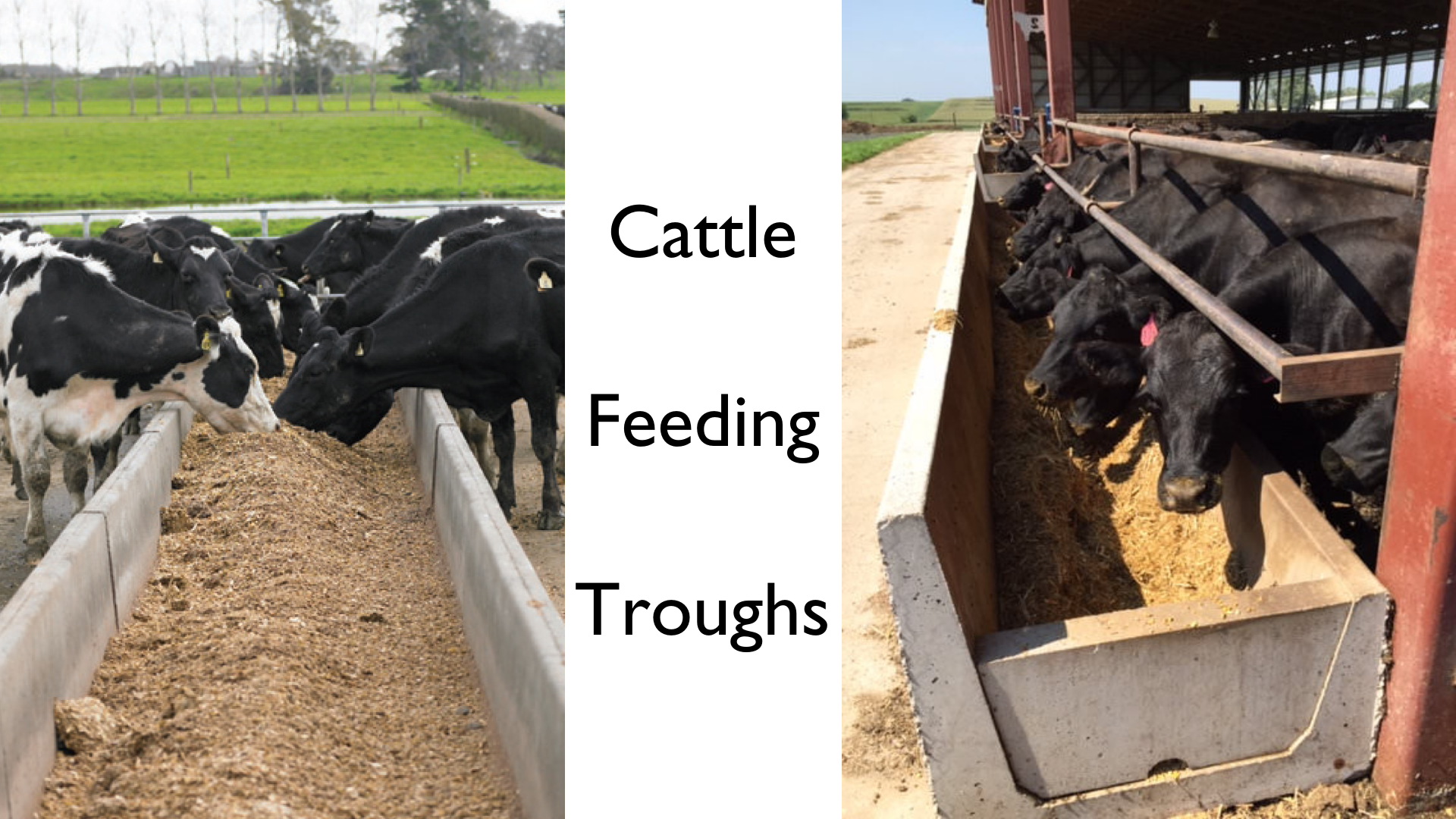Knowledge of production stage is applied to change diet fed to enhance production performance.

Feed Processing
Grain processing is essential. Cracked grain gives approximately 15% better utilisation than whole grain, thereby increasing weight gains and reducing grain wastage. It is best for grain to be coarsely milled, either through a roller mill or hammermill.
Steam flaking of sorghum will further improve its utilisation. Avoid milling the grain too fine as this increases risk of digestive upsets.
Dusty diets can also depress appetite and cause respiratory problems. Small quantities of molasses will increase palatability and reduce dust. Molasses can be fed at up to 10% of the diet.
Introducing Cattle to Grain: Open Troughs (or Bunks)
Cattle must have grain introduced into their diet gradually. A gradual introduction allows the rumen microbes to adjust to a grain diet thereby minimising the incidence of grain poisoning and laminitis. The following feeding program is a satisfactory method of bringing cattle on to a high grain diet. Cattle should be continually observed during this period for sickness and other health problems.

|
|
% in diet |
|
|
Grain in additives |
Hay |
|
|
Day 1 to 4 |
20 |
80 |
|
Day 5 to 8 |
40 |
60 |
|
Day 9 to12 |
60 |
40 |
|
Day 13 to 15 |
80 |
20 |
|
Day 16 --- |
Final diet |
|
Feeding
It is desirable that cattle are fed at the same time each day to reduce the incidence of metabolic upsets. In wet weather, it may be necessary to feed two to three times a day to avoid feed spoilage/wastage.
It is important that cattle have feed in the troughs at all times. Empty feed troughs are a prime cause of grain poisoning.
Do not feed excessive quantities each day, as the feed may become stale. Try and judge the amount fed so that a little is left over each day. This ensures the cattle are not without feed.
If you have to change grains during the feeding period, it is important that it is done over about a 14-day period. This is particularly important going from sorghum to barley, but not as critical for the reverse.
Introducing Cattle to Grain: Self-Feeders
Grain intake can be restricted with self-feeders by initially using a narrow opening (for example, 12mm) and then gradually raising the shutters over two weeks. Initial mixes are usually 50:50 grain and hay by weight, to assist the mixture to `flow’.
The following method for self-feeders has been used successfully in commercial feedlots.
Day 1 to 4: Provide the starter diet in self-feeders with a narrow shutter opening. Hay is fed separately in racks. If necessary, place hay on top of the grain in the self-feeder trough to attract cattle to the grain.
Day 5 to 7: Gradually increase the daily intake of grain by opening the shutters.
Day 8 to 14: Free access to the starter diet. If mixing your own diet, it is preferable to gradually increase the grain percentage of the diet over the next week.
Day 15 on: Free access to the final diet. It is optional as to whether hay feeding in racks continues.